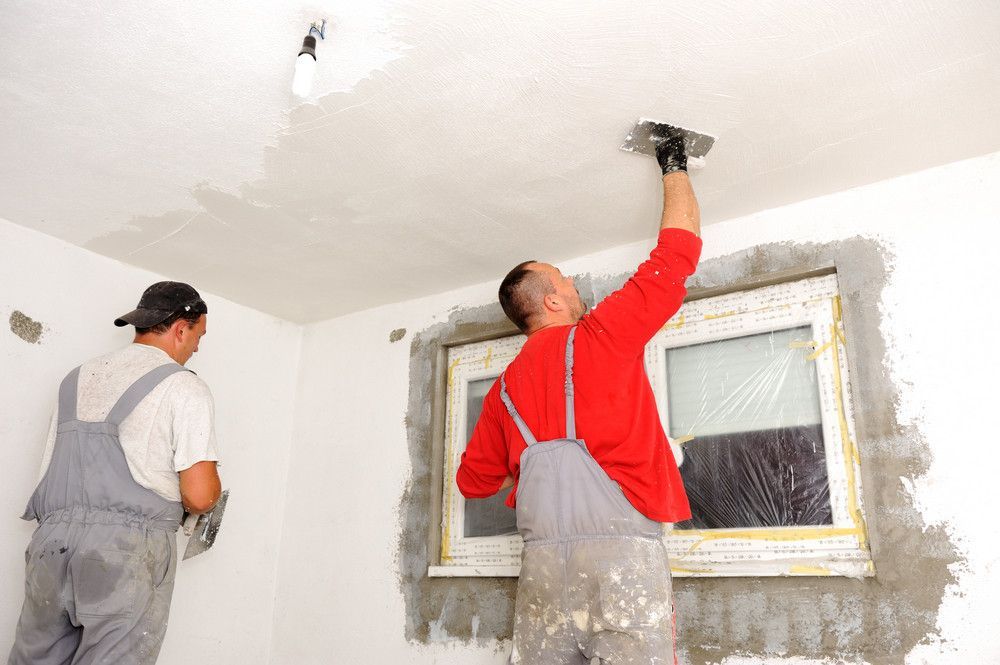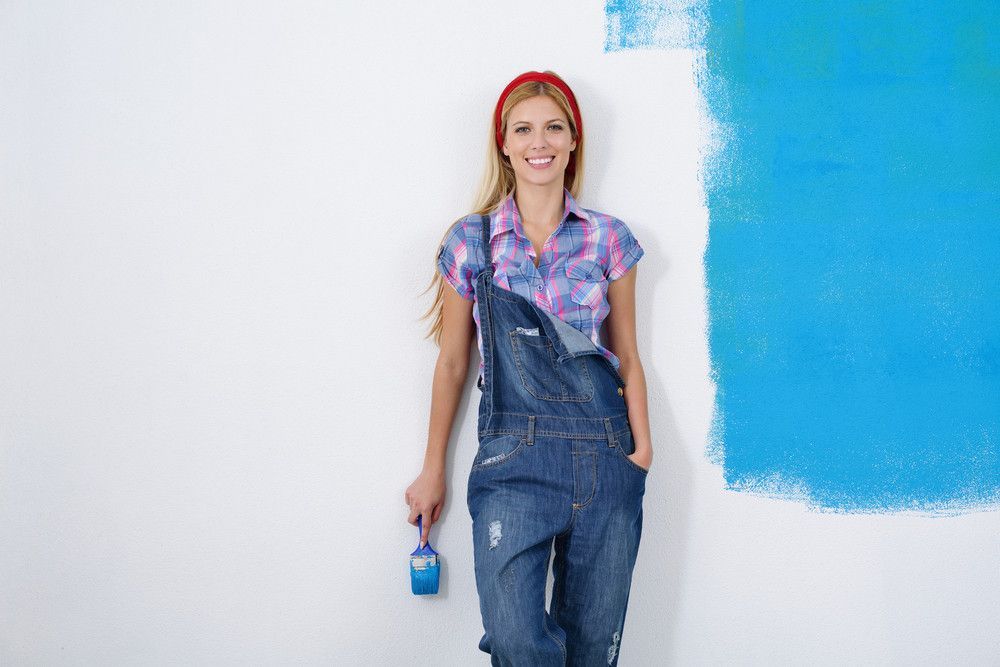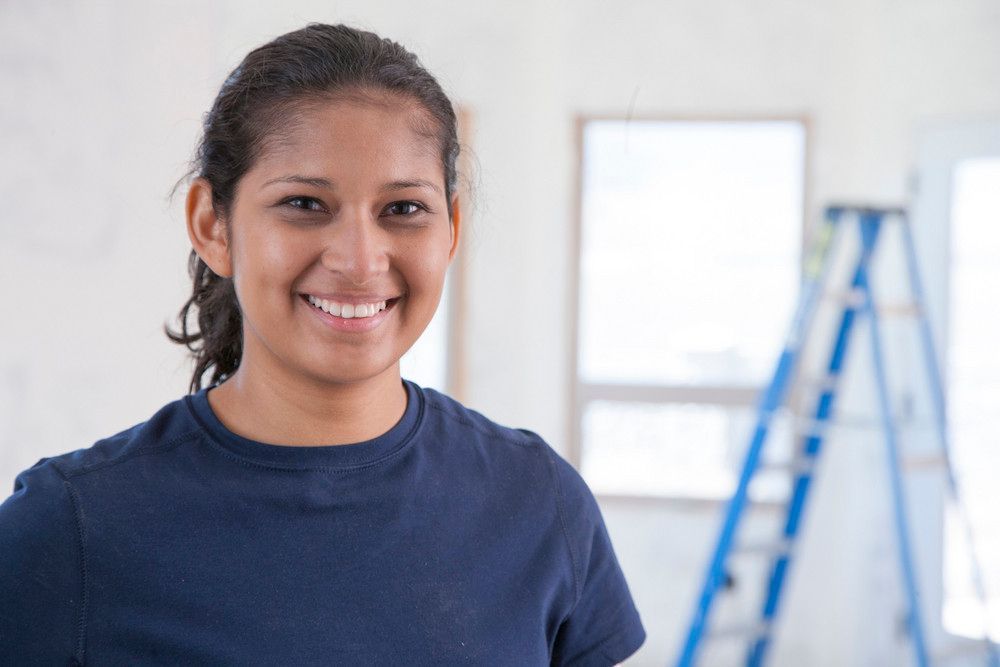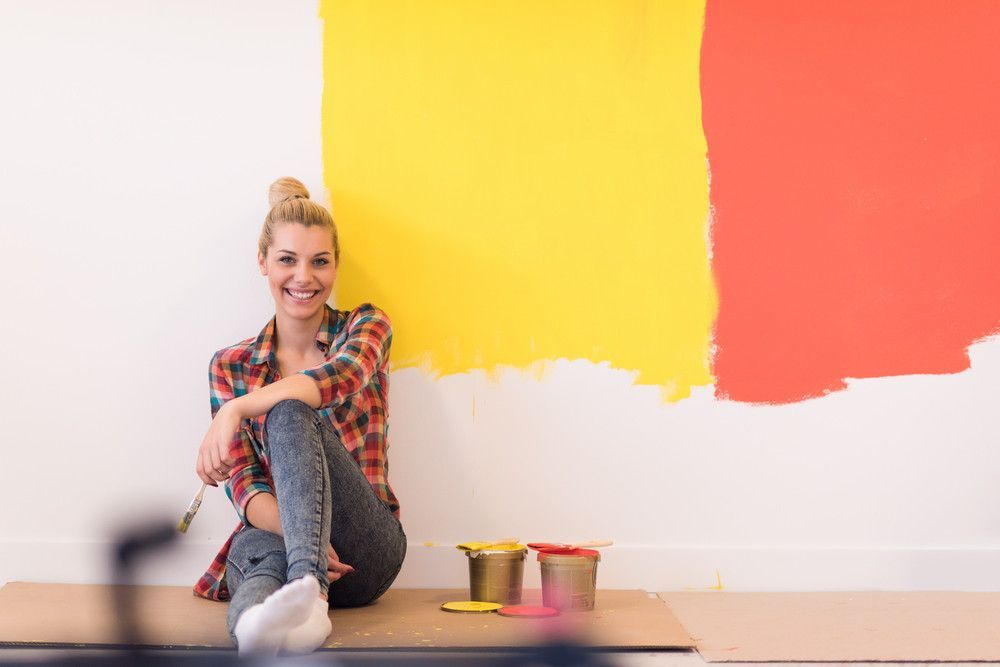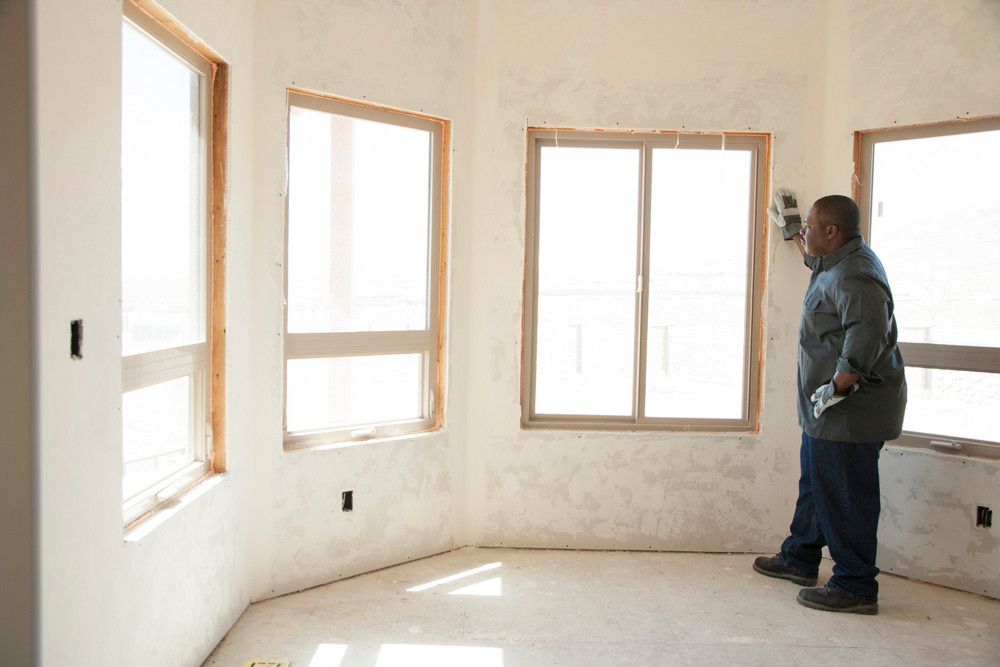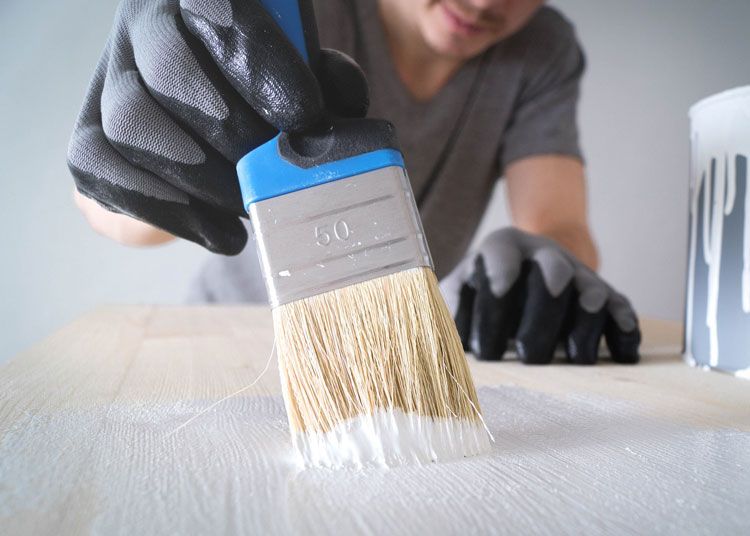What to Expect During Your Residential Drywall Installation Job
Whether building a home or remodeling an existing one, residential drywall installation is one of the most important elements. A good drywall contractor can help make the project look great when finished. If you're considering undertaking a residential drywall project, here's what to expect before and while it's underway.
Choosing Your Drywall
Not all drywall is the same. According to Home Depot, four categories of drywall are available. Standard drywall is the most commonly used, has no special features, and can go anywhere inside your home. You also could use mold-resistant or moisture-resistant types of drywall, which are ideal for areas with high humidity and exposure to moisture, such as a bathroom or basement. Fire-resistant drywall works best in utility rooms and has especially thick fibers that resist burning.
Pre-Drywall Inspection Determines Project's Scope
Before any residential drywall installation occurs, a contractor will inspect the areas where the drywall is to go into place. The contractor will measure the spaces between the studs and the room dimensions. The inspection will help the contractor learn where electrical wiring and any plumbing are located. The inspection also helps the contractor better calculate the amount of drywall needed, the cost to install it, and the timeline to complete the project.
Configuring for Windows, Doors, and Outlets
Most rooms in which residential drywall will be installed will have a door and probably one or more windows. The drywall will have to be cut and positioned to account for doors and windows, which will add time to the project. Professionals will modify the drywall to make room for electrical outlets, light switches, or a thermostat. Modifying drywall for windows, doors, and electrical components will create waste, which the residential drywall contractor likely will clean up after the work is done.
Insulation Considerations Affect Drywall Installation
You'll have to choose what type of insulation, in any, you will want to be placed inside the wall before the drywall goes in. If you use traditional rolled insulation, it will have to go into place before the drywall covers up the walls. You also might choose spray foam insulation, which can go in after the drywall but only when holes are made in it to enable the spray foam insulation. You also could apply spray foam insulation before the drywall is fully in place, so there are no holes to be fixed. Depending on your choice, the timeline for drywall may alter.
You can call or visit our facility to learn more and schedule residential drywall installation at your home. Flores Drywall & Painting is here for your commercial and residential drywall needs!
Share:
Search:
Recent Posts

